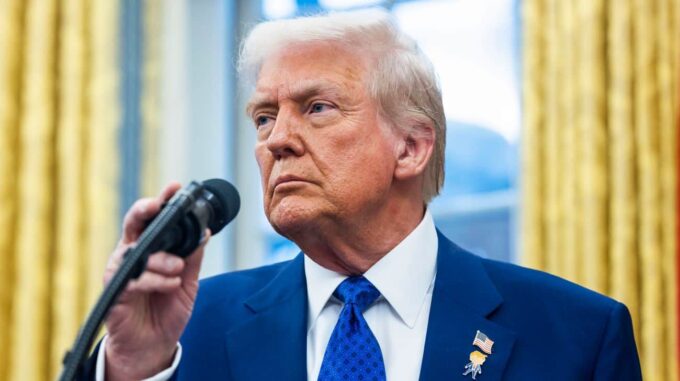Statement by Trump: India and Pakistan Agreed to Immediate Ceasefire After Prolonged Negotiations

In an unexpected and significant development in the South Asian arena, U.S. President Donald Trump officially announced that the two nuclear-armed states — India and Pakistan — have reached an agreement on an immediate and complete cessation of hostilities. This outcome resulted from intense diplomatic negotiations held overnight under the aegis of the United States. The information was released from official sources on the social media platform Truth Social, where Trump posted his statement. The main message from the American administrative center’s communication reads as follows: "After a long night of negotiations mediated by the United States, I have the honor to inform you that India and Pakistan have agreed to a full and immediate ceasefire. I sincerely congratulate both countries for displaying common sense, wisdom, and a desire to find a peaceful resolution to this crisis. I am grateful to all participants for their responsibility and perseverance!" This statement carries European and international significance, given the delicate and unstable situation in the region on the eve of these events. Just a few days ago, the situation along the India-Pakistan border was tense, and both sides did not hide their readiness for active military action. Background and Chronology of the Conflict As is known, tensions between the two countries accumulated over several months and escalated starting in early May. On Tuesday, May 6, India launched its first open attacks, striking targets within Pakistan that officially they labeled as bases for terrorist formations. Indian officials stated that their targets were espionage and combat groups allegedly operating under Pakistani guidance. Meanwhile, the escalation of hostilities prompted outrage and calls for restraint from the international community. However, on the night of May 10, the situation suddenly worsened — Pakistan announced the deployment of a large-scale military operation in response to Indian strikes. This move immediately raised fears of conflict escalation in a region with nuclear capabilities. Following the announcement of military actions in Pakistan, the world watched anxiously as developments unfolded, since the potential escalation poses a threat to regional stability. It is believed that internal political factors, strategic disagreements over Kashmir’s status, security concerns, and counter-terrorism efforts contributed to the current round of confrontation. Expectations and Future Perspectives Currently, the scenario is shifting toward possible de-escalation through diplomatic means. The immediate ceasefire agreed upon after U.S. assistance may serve as a first step toward reducing tensions and preventing further deterioration of the situation. However, experts and analysts warn that the situation remains very delicate, and future developments will depend on both sides maintaining their commitments and refraining from military actions. The international community has already expressed hope for a prompt return to dialogue and the pursuit of peaceful conflict resolution mechanisms. At the same time, many specialists note that the situation in this part of the world is among the most complex and unstable, and full peace restoration is still far away. It is crucial for both countries to avoid new provocations and uphold diplomatic efforts. Overall, it can currently be stated that the South Asian scene continues to be a battleground for stability and the search for compromise, with the role of the U.S. as mediator proving decisive. Whether India and Pakistan will be able to remain on the path to peace depends on many factors, chief among them the will of both parties.

